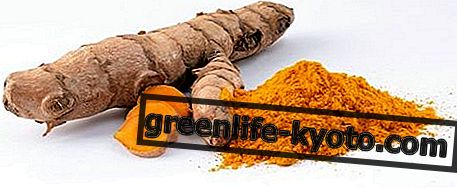Curated by Maria Rita Insolera, Naturopath
Ribose is an essential sugar for the human body, useful for the production of ATP molecules. Widely used in sports as an energy supplement, ribose is indispensable for the synthesis of nucleic acids. Let's find out better.

What is ribose for?
Ribose is a sugar, composed of five carbon atoms, essential for the human body as it is used by the latter to produce ATP molecules, a source that provides immediate energy to the body's cells and is necessary for all the basic vital functions, including: respiration, muscle movement and proper brain activity.
Without the contribution of ATP, in fact, the cells cannot function in the correct manner and consequently die quickly. Ribose increases the body's energy, improves heart health, athletic performance, muscle recovery, mental alertness and fights muscle stiffness and chronic fatigue syndrome.
Main functions of ribose
Ribose plays a key role in maintaining cellular and tissue homeostasis, intervening in different reactions of both energy and metabolic and plastic nature. Its main functions concern:
- Energy production, through the non-oxidative phase of the pentose phosphate pathway, which allows the conversion of pentoses such as ribose into metabolites intercalated in the neoglucogenic pathway, which are essential for the production of glucose during periods of fasting or increased demand;
- Synthesis of ATP, fundamental ribonucleotide in energy processes, able to release energy through its hydrolysis;
- Protein synthesis and cell division, constituting the sugar essential for the synthesis of nucleic acids;
- Synthesis of precious amino acids both from the structural and metabolic point of view, such as histidine, glutamine, glutamate, proline and arginine;
- Regulation of the cellular oxidation-reduction state, important in protecting the cell from harmful stimuli induced by reactive oxygen species.
For these reasons, ribose has found use above all in the sports field as an energy supplement and tonic. Among the advantages linked to the use of ribose, it is very common to find the one related to the strengthening of the cardiac pump and to the improvement of cardiovascular health.
Where is the ribose?
Despite the fact that Ribose represents an element normally present in all cells, and therefore minimally also in various foods, it is not possible to trace food sources capable of providing appreciable concentrations of this sugar.
Despite this, the organism is able to satisfy the daily requirement of this element through the pentose phosphate route, which allows the conversion of glucose, much more present and abundant in nature, into ribose, with the simultaneous production of useful reducing equivalents maintaining the antioxidant properties of the cell.
From the industrial point of view, the various ribose integrators are obtained through techniques that use bioreactors based on yeasts or bacteria and as a substrate the corn syrup, which properly treated and purified, allows to obtain a product with a high degree of purity.
Contraindications of ribose
The side effects of Ribose are rare, although there are some precautions that should be observed.
In fact, overdoses can cause symptoms such as nausea, diarrhea, low blood sugar, dizziness and headache or can lead to macular degeneration in the eye.
If one or more of these symptoms occur, it is always advisable to contact your doctor.













